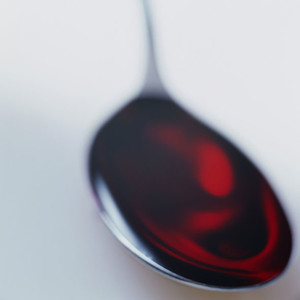Research carried out by Lars Gustafsson and et al. [1] into the use and acceptance of a drug formulary used in Stockholm, Sweden, found that adherence to the ‘Wise List’ resulted in substantial cost savings due to increased use of cheaper generic drugs.
The ‘Wise List’ - a Swedish drug formulary
Generics/Research
|
Posted 08/07/2011
 0
Post your comment
0
Post your comment

A common drug list, giving essential drug recommendations, was launched in Stockholm in 2000, with the term the Wise List first being used for the formulary in 2001. This study looked into a number of issues, such as attitudes, adherence and number of drug substances included in the list, in the 10-year period from 2000 to 2010.
The Wise List was introduced as a way to communicate independent drug recommendations in order to promote the rational use of drugs.
One of the key principles for drug selection for the Wise List was cost-effectiveness. Therefore, in order to promote the use of cheaper generic alternatives where available, the international non-proprietary name is given in the Wise List.
Recommended drug substances
The authors found that, over the 10-year period covered by their research, the Wise List typically contained around 200 substances each year.
Over the years studied, only between one and 15 drugs were changed per year, showing that it is possible to maintain similar drug selection principles over time.
Attitudes towards the list
Both patient and prescriber attitudes towards the list were surveyed during the research. In 2005, all prescribers were familiar with the list and 81% trusted the recommendations.
In surveys carried out among the general public in 2001 and 2002, 76% reported being aware of increasing drug expenditure. However, in 2001 very few had heard of the Wise List. After public awareness campaigns this proportion rose to one third in 2002.
These results support the acceptance of the formulary by both physicians and the public.
Adherence to recommendations
Total adherence to the recommendations contained within the Wise List increased from 69% in 1999 to 77% by drug substance in 2009. This was higher in the primary healthcare centres in Stockholm, where adherence in 2009 was 87%.
The authors assessed that an increase of 1% in adherence was equivalent to a decrease in costs of Euros 0.47 per prescription item. This corresponds to additional savings for Stockholm of Euros 4 million or more per year.
Reference
1. Gustafsson LL, Wettermark B, Godman B, Andersén-Karlsson E, Bergman U, Hasselström J, et al. The ‘Wise List’ - A comprehensive concept to select, communicate and achieve adherence to recommendations of essential drugs in ambulatory care in Stockholm. Basic Clin Pharmacol Toxicol. 2011;108(4):224-233.
Most viewed articles
The best selling biotechnology drugs of 2008: the next biosimilars targets
Global biosimilars guideline development – EGA’s perspective
Related content
Japan’s drug shortage crisis: challenges and policy solutions
Saudi FDA drug approvals and GMP inspections: trend analysis
Generic medications in the Lebanese community: understanding and public perception
Community pharmacists’ understanding of generic and biosimilar drugs: Lebanon case study
Generic medications in the Lebanese community: understanding and public perception

Generics/Research Posted 23/01/2024
Community pharmacists’ understanding of generic and biosimilar drugs: Lebanon case study

Generics/Research Posted 08/09/2023
The best selling biotechnology drugs of 2008: the next biosimilars targets








Post your comment